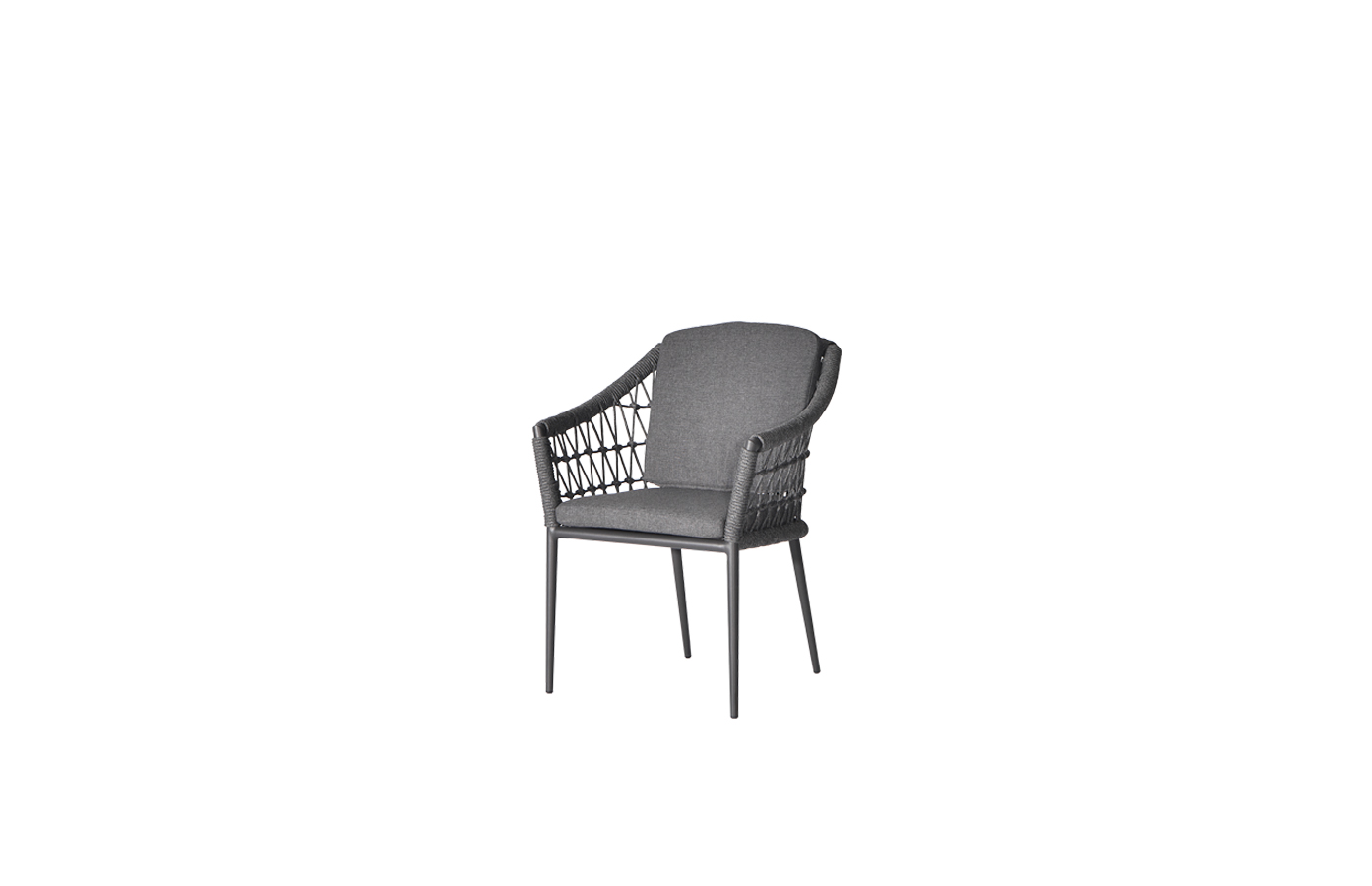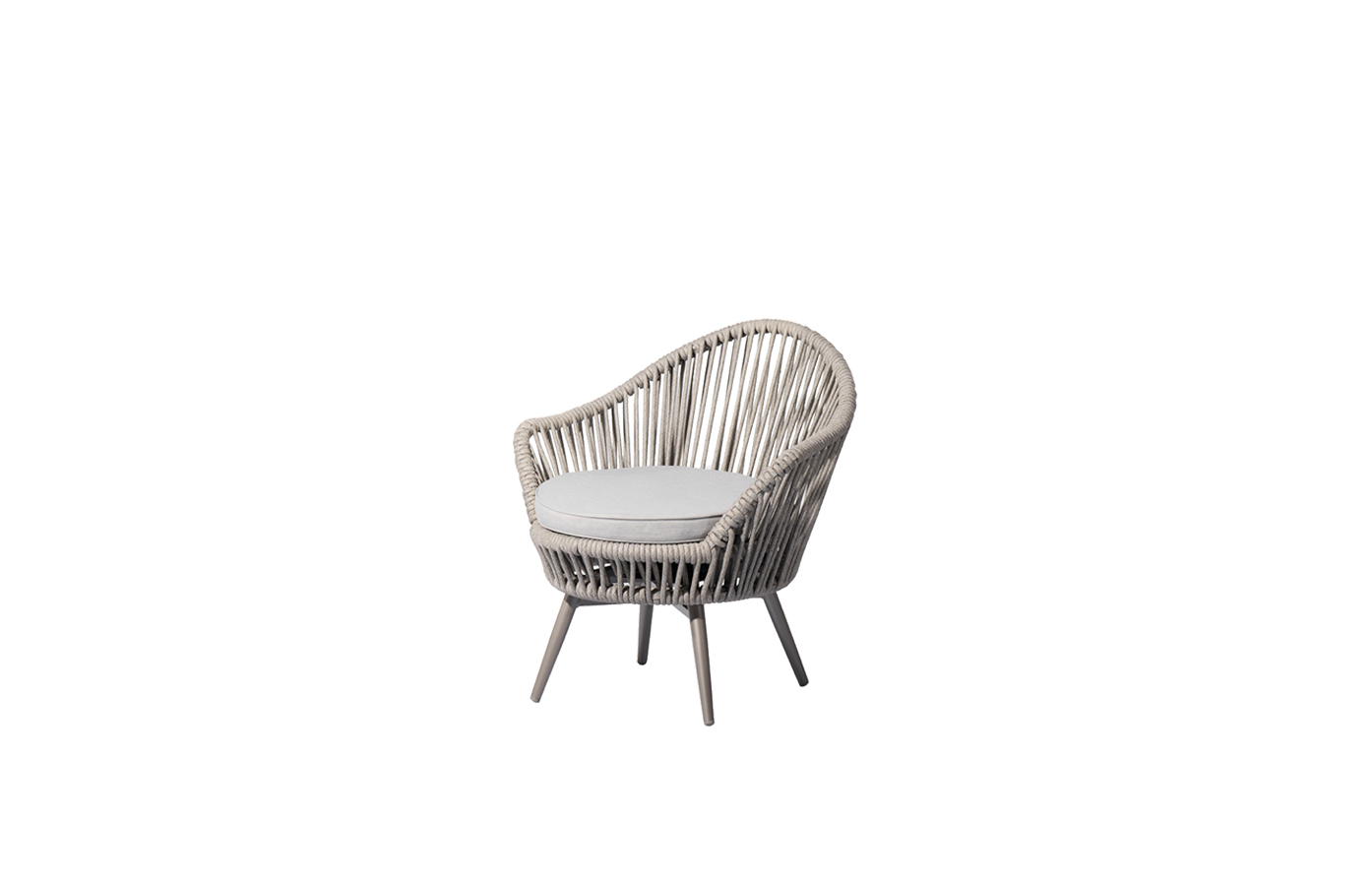Chinese Furniture has a rich and centuries-old history that melds exquisite craftsmanship, intricate designs, and deep symbolism. From the royal palaces of the Ming and Qing dynasties to the humble homes of commoners, Chinese furniture has adorned living spaces, reflecting the various styles, materials, and techniques employed throughout different periods.
The origins of Chinese furniture can be traced back to ancient times, with the earliest known evidence dating back to the Shang Dynasty (1600-1046 BCE). During this era, furniture primarily served functional purposes, such as seating and storage, and was made from materials like bamboo, stone, and ceramics.

Unlocking the Fascinating History and Elegance of Chinese Furniture: A Glimpse into Traditional Artistry and Cultural Heritage

Unlocking the Fascinating History and Elegance of Chinese Furniture: A Glimpse into Traditional Artistry and Cultural Heritage
However, it was during the Ming Dynasty (1368-1644) that Chinese furniture truly began to flourish. Influenced by Buddhist and Confucian principles, furniture became an integral part of the overall design and harmony of living spaces. Ming furniture is characterized by its simplistic elegance, with an emphasis on natural materials such as rosewood, lacquer, and rattan.
The graceful curves, intricate carvings, and meticulous joinery are hallmarks of Ming-style furniture. Classic pieces often include cabinets, chairs, tables, and beds, showcasing the tremendous skill and artistry of Chinese craftsmen. These furniture pieces were carefully crafted to accentuate the natural beauty of the wood and create a sense of balance and tranquility in the living environment.
The subsequent Qing Dynasty (1644-1912) saw a fusion of traditional Chinese styles with influences from other cultures, particularly from the West. The introduction of new materials and techniques, such as intricate mother-of-pearl inlays and European-inspired motifs, added a distinctive charm to Qing furniture. Imperial households embraced opulence and grandeur, reflecting the power and wealth of the ruling class.
Chinese furniture not only embodies exquisite craftsmanship but also carries deep symbolic meanings. For example, a pair of horseshoe-back armchairs symbolizes marital happiness and harmony, making them a popular choice for weddings. The symbolic significance of furniture extends beyond aesthetics, adding emotional and cultural value to each piece.
Today, the demand for Chinese furniture continues to thrive both domestically and internationally. Many antique pieces have found their way into museums and private collections worldwide, drawing attention to the unique beauty and cultural heritage they represent. Furthermore, Chinese furniture artisans are adapting to modern tastes by blending traditional techniques with contemporary designs, appealing to a broader range of consumers.

Unlocking the Fascinating History and Elegance of Chinese Furniture: A Glimpse into Traditional Artistry and Cultural Heritage
In recent years, Chinese furniture has gained recognition as a true art form, with several renowned designers and manufacturers receiving international acclaim. This resurgence in Chinese furniture craftsmanship is a testament to the enduring appeal and timeless elegance of these masterpieces.
Whether it is a Ming-style rosewood cabinet or a Qing-style lacquer table, Chinese furniture reflects a time-honored legacy of artistry, cultural heritage, and symbolism. Its ability to seamlessly blend functionality with aesthetic beauty is a testament to the ingenuity and craftsmanship of Chinese artisans throughout history. As we immerse ourselves in the allure of Chinese furniture, we are transported to a world where history, culture, and elegance effortlessly intertwine. Led Cubes Light Outdoor Furniture
